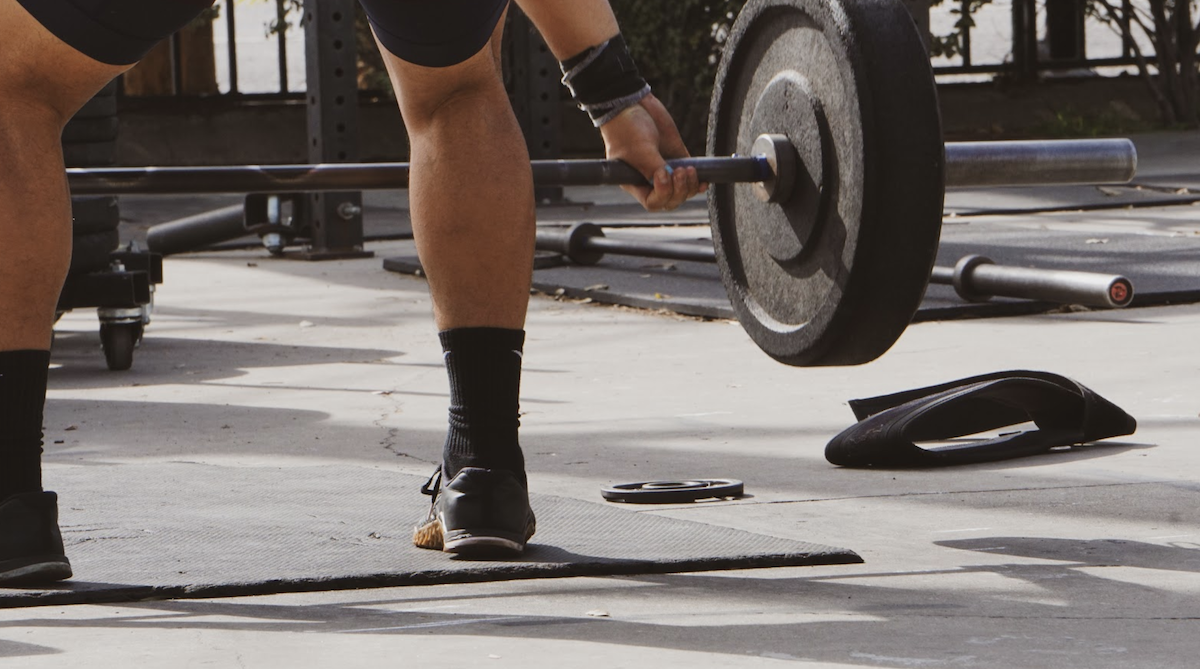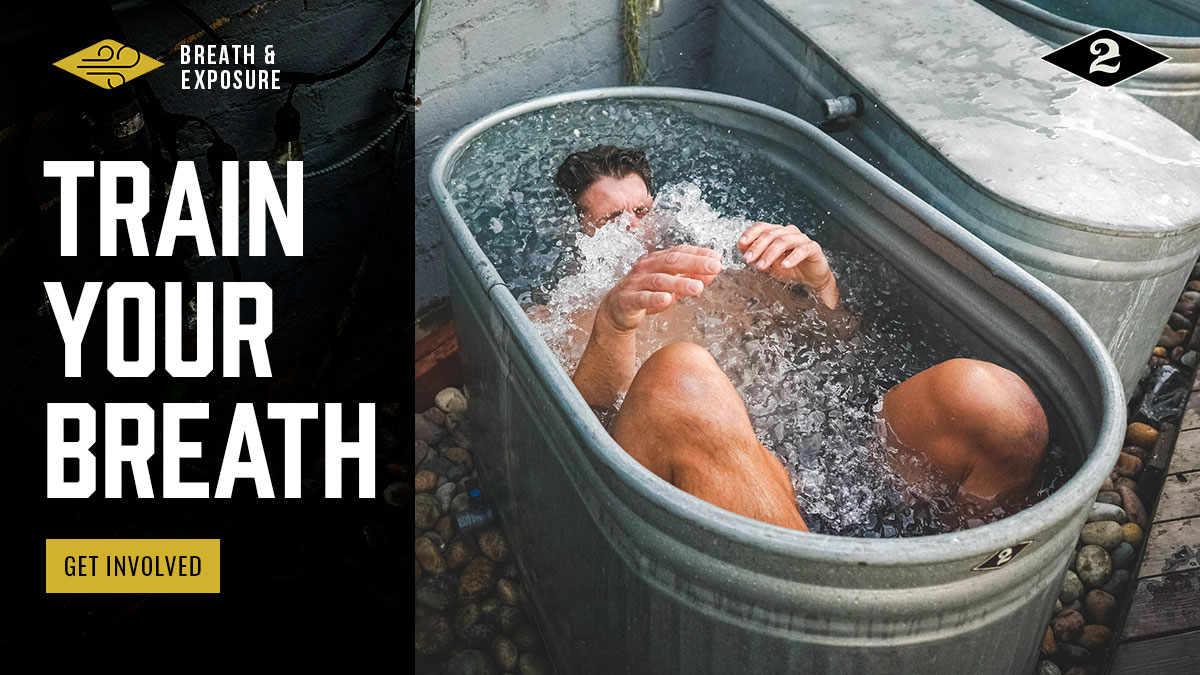
In order to drive adaptation, training needs to have a certain amount of intensity.
We’ve said it before and we’ll say it again: training is all about the proper stimulus. And at DEUCE, one of our biggest jobs as coaches is to help you understand relative intensity.
This means that as part of our GPP program, you’ll always be able to participate in the training that’s written on the whiteboard, but specifically with the version that’s appropriate for you. Not just for safety – that’s a given! – but so that you’re getting the right stimulus to improve your fitness. As you can imagine, a 75-year-old grandmother and a 25-year-old pro athlete will load their barbell differently…
While you’ve likely already heard about nuanced versions of training relative to weight and/or volume, consider calibrating appropriate relative intensity with respect to pacing. Whether you drive an automatic or manual car (or sure, even a self-driving Tesla…) you understand that your vehicle’s engine contains gears. In the spirit of efficiency, you also understand that getting more miles out of every gallon (or, okay – electric charge) is better than less miles per gallon. This then begs the question – how do you determine what gear is best to operate in?
Allow me to keep this answer simple for you: the lowest gear possible to get the job done.
Tangent, but related – there was a period of my life (one that unfortunately lasted years) when I believed that if I didn’t end every workout lying on my back, gasping for air, and, quite literally – crying, then I wasn’t training “hard” enough. It wasn’t until a coach likened training for me to soccer practices versus games that I was finally able to understand just how unhelpful, not to mention harmful, an all-or-nothing approach to training actually was. I’ll never forget being asked, “Would you go all out in practice and exhaust yourself the day before a game? The day after a game?” and feeling my eyes roll back into my head as I remorsefully said out loud, “Ohhh.” It was at the same time that I also made the connection to bombing track races I should have crushed earlier in my college career, all because I took training runs entirely too fast in the days leading up to an event. I digress…
All this to say – it requires far more discipline to pace yourself than it does to commit to an all out sprint or exertion. (Make no mistake, though – there’s a time and place for those types of efforts in training.) The emphasis of this message, however, is to consider the greater landscape of training as it fits into your life. Is the goal to bury yourself in one training session, or to be able to continue training and contribute towards greater health tomorrow, days, weeks, months, years from now?
1/26/21 WOD
DEUCE ATHLETICS GPP
[Meet at Anderson Park]
DEUCE BACKLOT GPP
[Meet at Pan Pacific Park]
DEUCE GARAGE GPP
EMOM 10
Odd: 3 Back Squats (AHAP)
Even: 5 Box Jumps (AHAP)
Then, complete 2 rounds for quality of the following:
10 Bulgarian Split Squats (ea)
10 Barbell Good Mornings
Then, complete 2 rounds for time of:
20 DB Thrusters (50/35)
10 Alt Jump Lunges
800m Run

